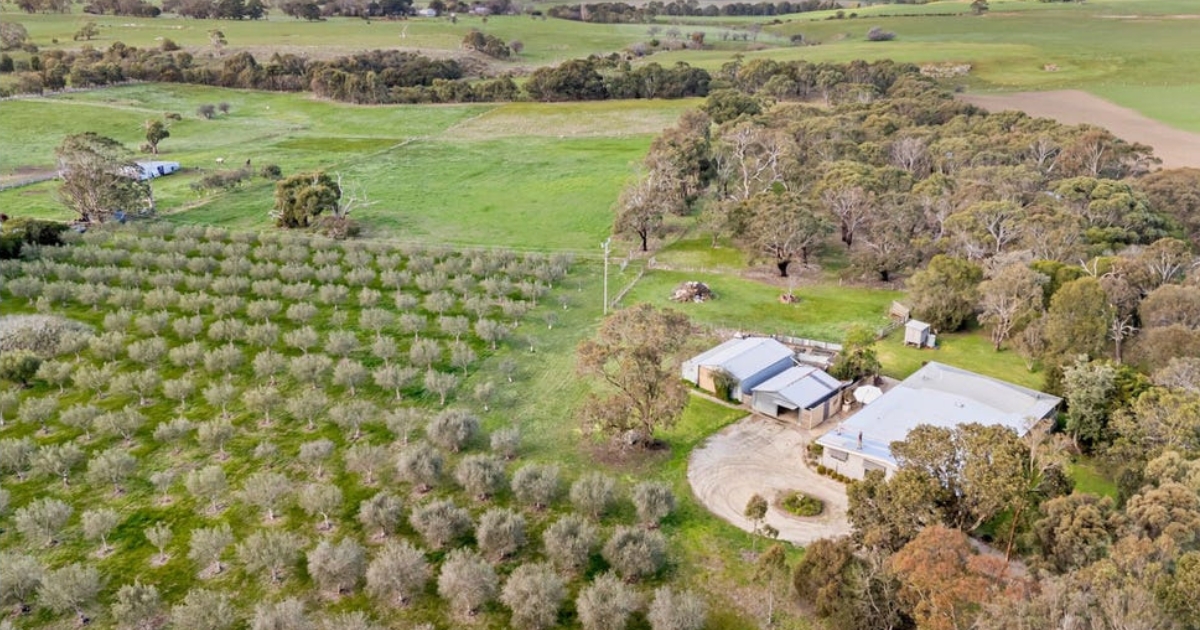Suburb by suburb snapshot: Sebastopol
The size of Sebastopol is approximately 8.5 square kilometres and has 15 parks covering nearly 12.1 per cent of total area.
The population of Sebastopol in 2011 was 9398 people and by the 2016 Census the population was 10,020 showing a population growth of 6.6 per cent in the area during that time.
Sebastopol is a about 4km south-west of Ballarat’s city centre with much of the suburb situated on a plateau in which mining began in 1854 after the easier alluvial gold had been taken from the Ballarat gold fields during the previous three years.
Several tent camps were established, and the miners named the place after the Crimean War siege location, Sebastopol.
The district’s first school (1857) was some distance south in Magpie Gully, but in 1861 an Anglican school was opened in Sebastopol.
A mechanics’ institute was built in 1864, and the Welsh/Methodist influence was further enlarged with a Wesleyan church.
On 1 November 1864, Sebastopol was proclaimed a borough, by then however, mining settled down to processing material from deep leads.
Gold production ceased during 1883-85, but new shafts sunk in 1886 renewed production.
Between 1947 and 1961 the population more than doubled to about 4700 with steady growth that brought the figure to 7500 in 1991.
On 6 May 1994, Sebastopol borough was united with Ballaarat city, Ballarat shire and parts of Bungaree, Buninyong and Grenville shires to form an enlarged Ballarat city CoreLogic data indicates that the predominant age group in Sebastopol is 20-29 years with households in Sebastopol being primarily childless couples and are likely to be repaying $1000 – $1399 per month on mortgage repayments, and in general, people in Sebastopol work in a trades occupation.



















